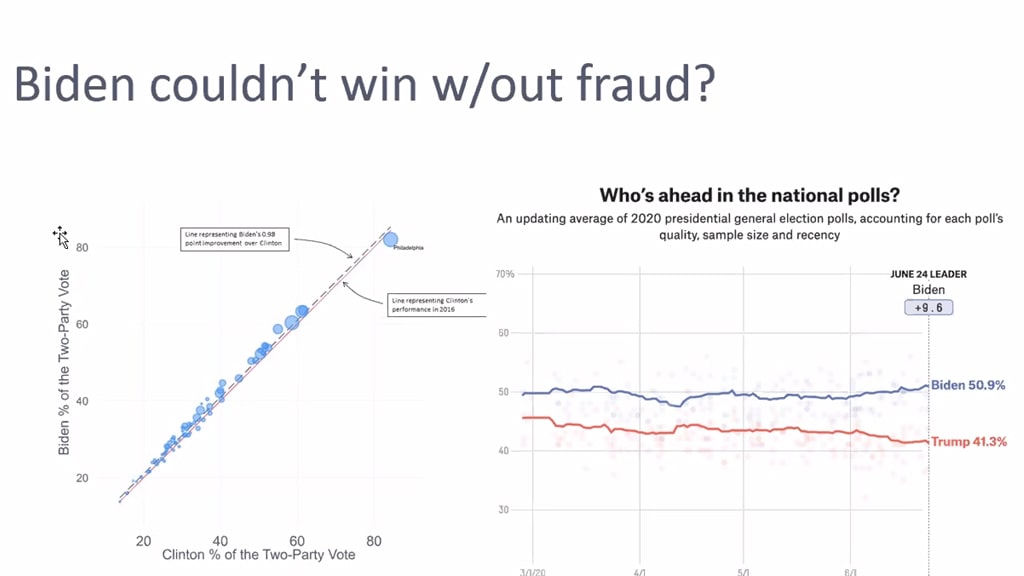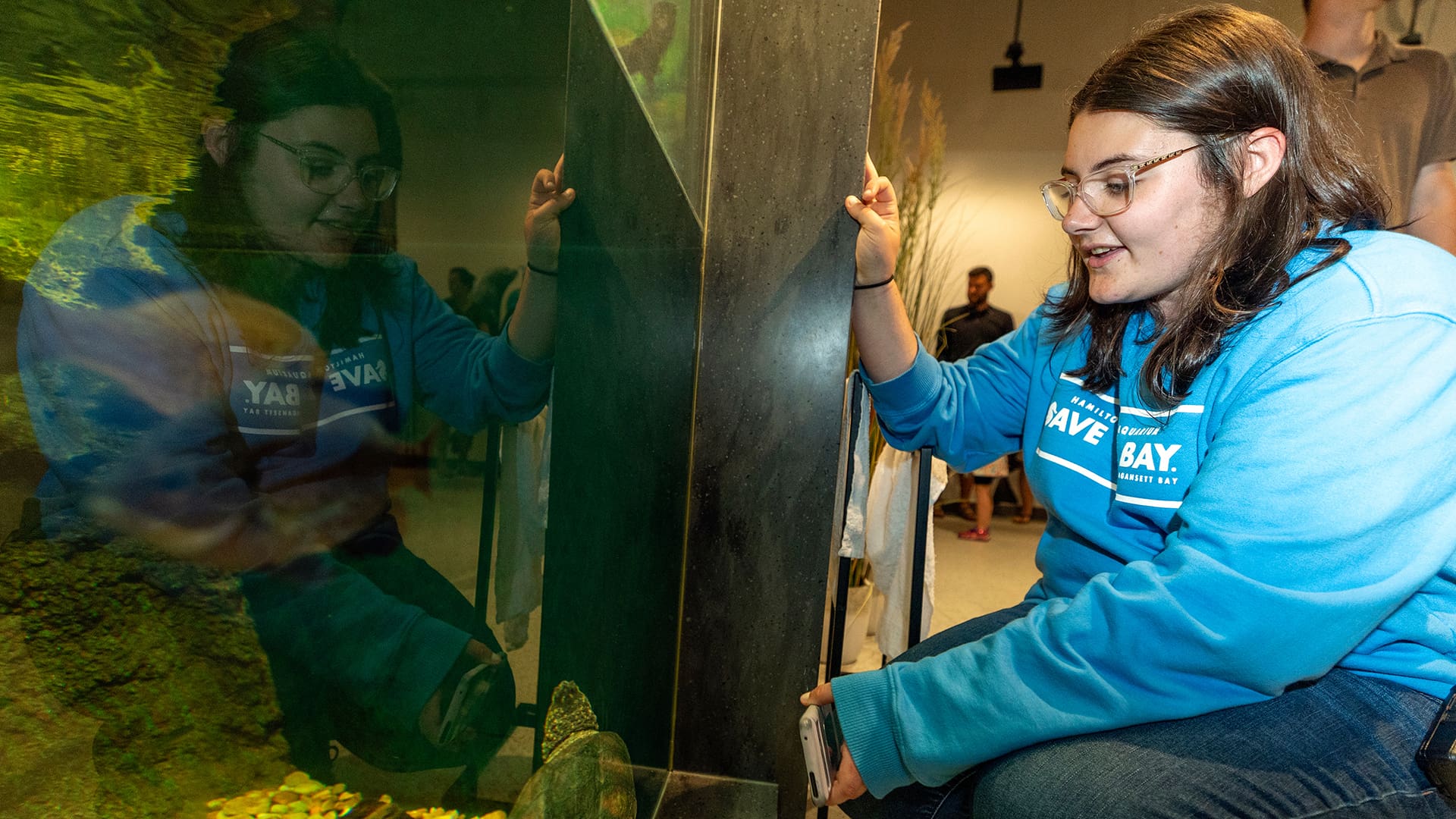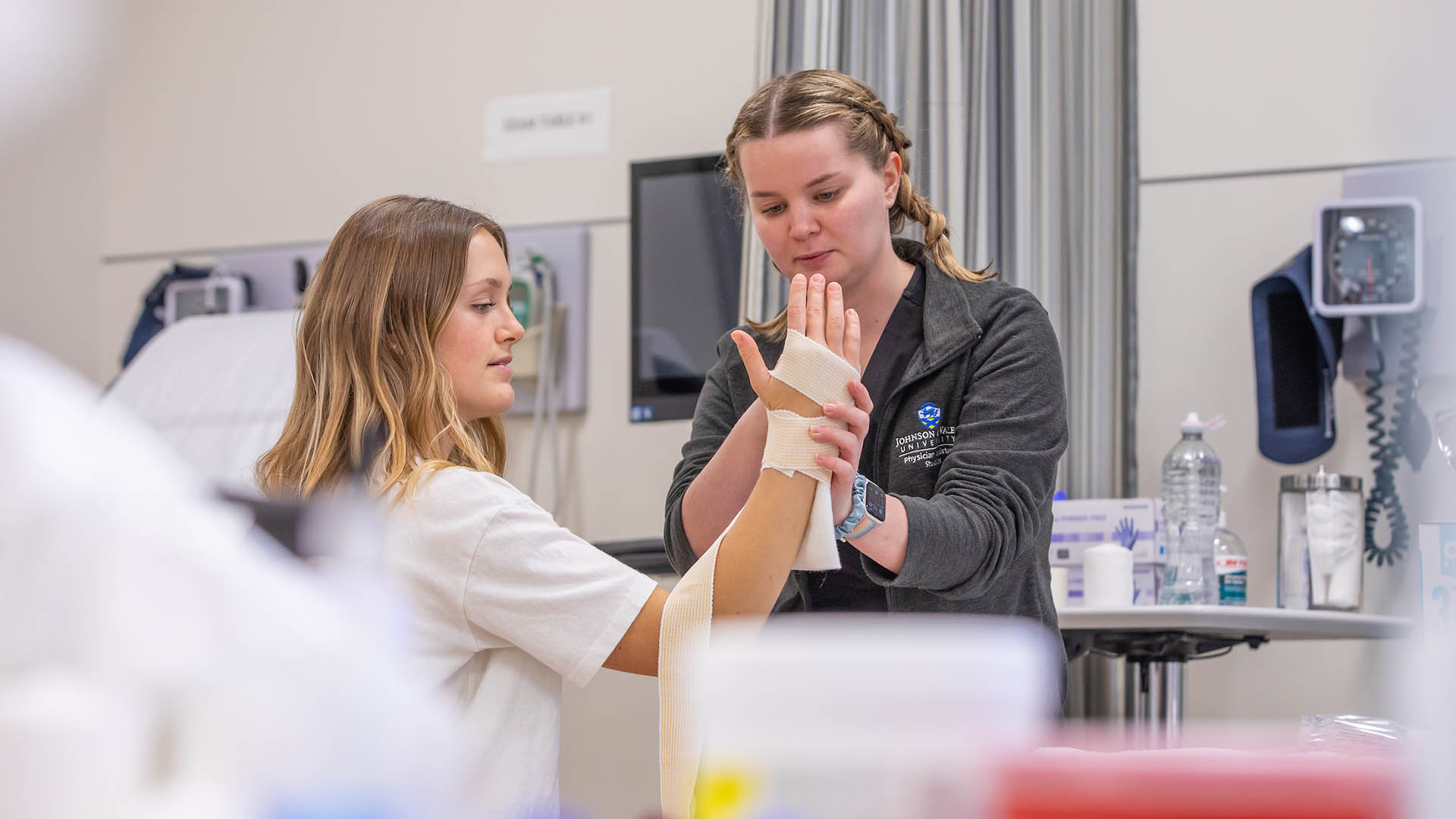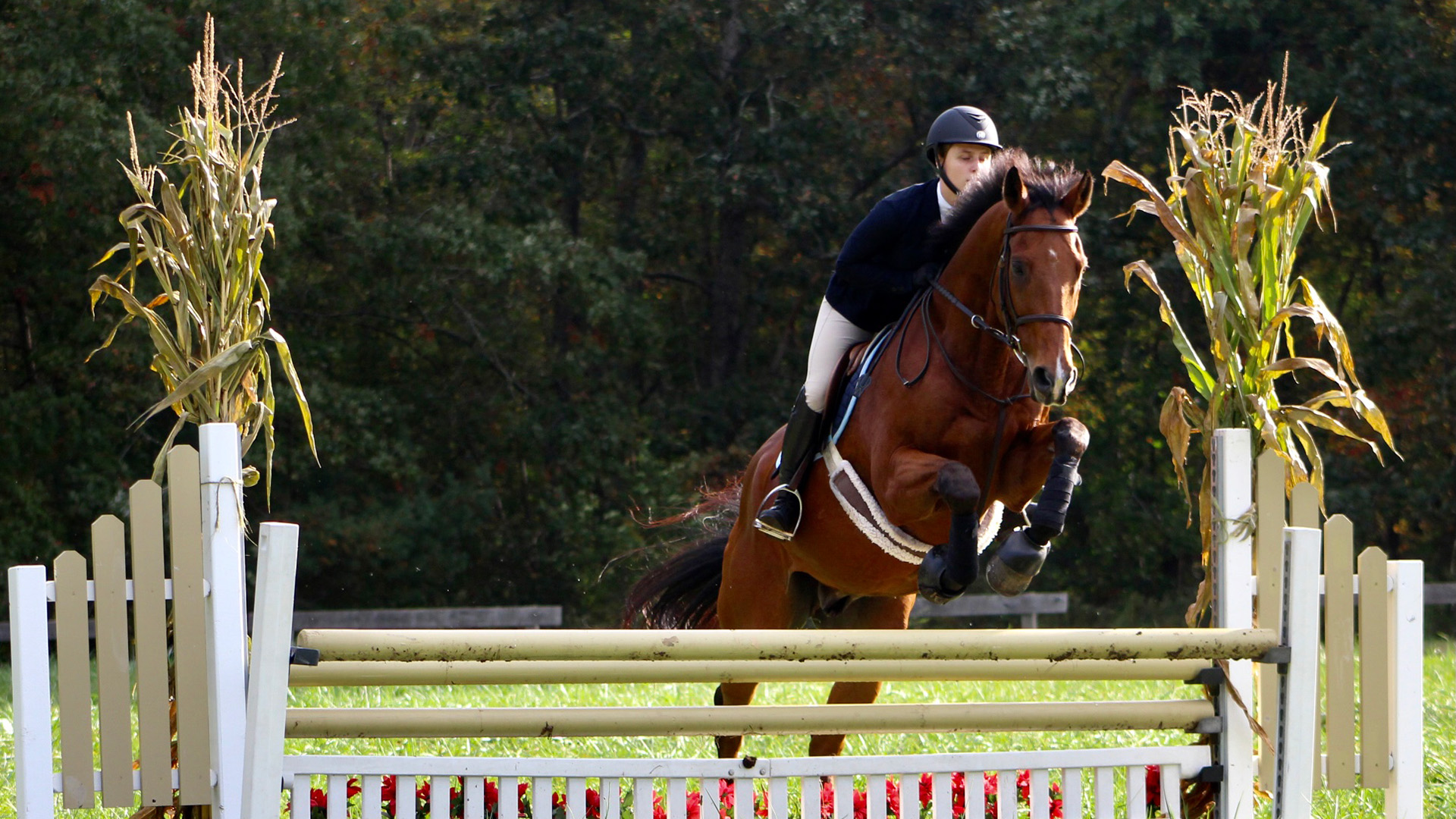Deconstructing Election 2020
Well, we made it. We survived the 2020 election. What did we learn? And how do we move forward? To answer these questions, JWU assembled the following panel of experts during a recent session of its weekly Policy Lab:
- Amanda M. Grandjean, J.D., Ohio’s director of elections and deputy assistant secretary of state for Secretary of State Frank LaRose
- Jonathan Brater, J.D., director of Michigan Bureau of Elections
- Robert Blair, Ph.D., assistant professor of political science and international and public affairs at Brown University
- John A. Curiel, Ph.D., research scientist at Massachusetts Institute of Technology’s Elections Data and Science Lab
Organized by Kevin DeJesus, Ph.D., and senior Tyler Piekarski, the lab is a virtual space for students to interact up-close with makers of public policy and to gain dynamic, up-to-the-minute engagement with the world of public policy. Students hear the real stories, experiences and complexities that define policy craft, leadership, and creative administration of the public good during an unprecedented time.
‘Unprecedented’
Grandjean laments the overuse of the word ‘unprecedented’ in describing 2020, but with her law background, she feels the word accurately depicts this year’s election scenario. “The legal principle in election law, upheld by the Supreme Court, is to not change the rules and system before an election. COVID-19 blew all that up.”
Mere hours before Ohio was set to open their primaries on March 17, officials announced that they wouldn’t. Adjusting to all of the adversity that a global pandemic presented, Secretary of State Frank LaRose chaired Ohio’s Ready for November Task Force and discussed major policy issues with local election officials publicly. Ninety percent of Ohio’s money earmarked from the Help America Vote Act (part of the CARES Act) went to the election’s pandemic preparedness. The state virtualized as much as it could and switched to mail to the maintain the election’s integrity. Officials provided personal protective equipment to poll workers and set up locations to accommodate social distancing and constitutionally protect people’s right to vote.
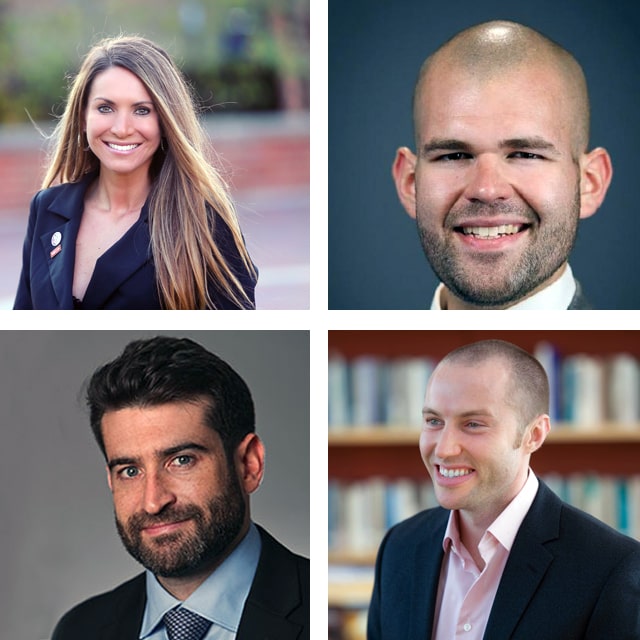
The end result? The numbers they saw were, well, ‘unprecedented.’ The state saw a 74% voter turnout, she says, and a 94% return rate of absentee ballots. Eight of Ohio’s 88 counties experienced over 80% voter turnout, while 58.6% of all ballots were cast early.
The “True Heroes” of the Election
Brater notes a similar experience with Michigan. In 2018 the state’s voters passed a ballot measure that allowed for no-reason absentee voting, so officials and voters were already prepared to view voting as a “season” instead of a single day. The problem, however, was these ballots could not be counted until election day, which is why counting went well into the day after the election.
“People are so quick to get that tweet out that they don’t even check that it’s true — and they don’t even care.”
Brater acknowledges such a Herculean task. “The No. 1 reason we were successful is because of the same constant set of strong civic-minded nonpartisan workers and volunteers who run our election,” he states. “Clerks and poll workers rose to the challenge even during pandemic and showed their commitment to democracy and that the right to vote be honored.” A robust system of checks and balances ensured that the results can be trusted.
Curiel agrees with Brater, calling election officials the “true heroes” of the election. “These administrators held this country together despite the complete failure of political parties not funding resources to deal with pandemic, and also their attempts to delegitimize.” He cites that despite zero evidence, two-thirds of Republican believe the election was unfair.
2016 vs. 2020
Although Blair was not involved in the nuts and bolts of the election like Grandjean and Brater, he considers the election “one of the most normal things about 2020 in a truly unusual year.” The electoral map didn’t change much — and a pandemic, an economic crash, and the Black Lives Matter movement did not change how polarized Americans have become. Fears of fraud or intimidation never materialized. He was surprised, however, by the high voter turnout, especially in absentee ballots, as well as Trump’s inroads with Black and Latinx voters. “I worry about votes along sectarian lines,” he admits. “This shows that Republicans are not the party of everyone white — and that’s a good thing for American democracy.”
In spite of this, Blair admits dismay at the president’s behavior in the wake of the election. He notes the trend of people willing to tolerate the troublesome behavior of those who share their political affiliation — and use the election outcome to infer the quality of the election process. For example, Trump has said that the only way he could lose is through fraud, while Democrats in 2016 were incredulous at a Trump victory.
“Clerks and poll workers rose to the challenge even during pandemic and showed their commitment to democracy.”
“It’s dangerous to combine a decentralized electoral system with a strong leader and political polarization,” Blair says. “If an executive wants to try to manipulate system, there are lot of ways for him to do that.” 2020’s election aftermath could have been “messier,” he says, if the race was closer in key states.
Brater and Grandjean agree with Blair about the perils of a decentralized electoral system, stating that a nationwide standardization in how ballots are counted and reported would be helpful. Neither has seen widespread fraud. Brater notes that there have been human errors this year, but that these numbers have been consistent with other elections.
“People opining have never been a poll worker,” Grandjean adds. “People are so quick to get that tweet out that they don’t even check that it’s true — and they don’t even care.” Add onto that, every state has different procedures, which leads to dis- and misinformation.
Curiel shows attendees slides of election data, including Biden’s consistent lead in the polls. Fraud would show huge spikes between the polls and election results, but instead there was a near perfect correlation — as well as a correlation between Hillary Clinton’s 2016 results. The difference between 2016 and 2020 was that Biden won suburbs nationwide. In Arizona, descendants of the Navajo Nation helped change Arizona from red to blue. Hispanics from non-metro areas turned more to the GOP, as did Cuban Hispanics from Florida “who are more susceptible to anti-socialism claims,” Curiel notes. However, he warns against making broad generalizations among ethnic groups.
The Greatest Threat
When considering the threats to the election process and its security beyond dis- and misinformation, fraud and international infringement, Curiel believes hyperpolarization is equally ranked. “We [election experts] get harassed that we are part of some conspiracy, and it’s a signal given by their political leaders. We can tell them truth, but if a person hearing it thinks we’re the literal servant of Satan, they will discount everything we say.”
Blair feels a problem is the electorate not understanding the difference between fraud and irregularities. “Were either so pervasive to affect the outcome? That’s an emphatic no. I’m less worried about external manipulation than I am about internal. The claims of fraud echoed with by a hyperpolarized citizenry are much greater threat.”
BANNER SOURCED FROM HEALTHYELECTIONS.ORG; POST-ELECTION PANELISTS (CLOCKWISE): AMANDA GRANDJEAN, JOHN CURIEL, ROBERT BLAIR, JONATHAN BRATER. BELOW: RESEARCH SLIDE SHOWING A CORRELATION BETWEEN POLLS & TURNOUT RESULTS COURTESY OF JOHN CURIEL.
